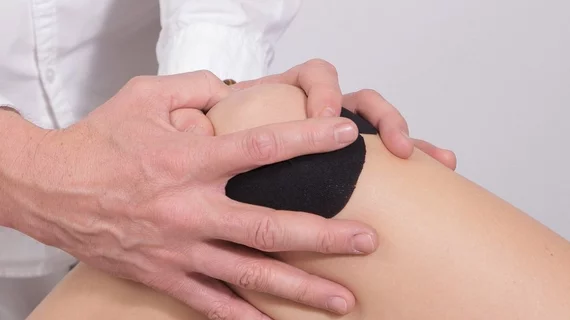Australian researchers are using the latest advanced imaging techniques to develop new biomarkers for osteoarthritis, a condition that impacts more than 300 million people.
The University of South Australia team analyzed the latest investigations using mass spectrometry imaging to detect OA, sharing their findings in the International Journal of Molecular Sciences. Thanks to advances in MSI techniques, the group mapped complex sugars on OA cartilage—a key to understanding why such material breaks down at varying rates inside the body.
“Despite its prevalence in the community, there is a lot about osteoarthritis that we don’t understand,” Paul H. Anderson, with the institution’s Health and Biomedical Innovation division, said Monday. “It is one of the most common degenerative joint diseases, yet there are limited diagnostic tools, few treatment options and no cure.”
Osteoarthritis primarily affects people 45 years and older and can be costly. Australia alone spends $3.75 million per year on joint replacements for these patients, with indirect finances—such as lost work productivity and well-being—estimated to drain more than $23 billion annually.
Anderson and colleagues scoured papers investigating OA biomarkers that were published between 2000 and 2020.
Up until now, biomarkers have consisted of bodily fluids that aren’t reliable nor sensitive enough to be diagnosed using conventional imaging. But current advances prove that different sugars are associated with damaged tissue compared to healthy tissue.
Such information may help clinicians slow disease progression with medication or treatment.
“To date, diagnosing osteoarthritis has relied heavily on x-rays or MRI, but these provide limited information and don’t detect biomolecular changes that signal cartilage and bone abnormalities,” co-investigator and PhD student at UniSA, Olivia Lee, said in a statement. “By contrast, alternative imaging methods such as MSI can identify specific molecules and organic compounds in the tissue section.”

